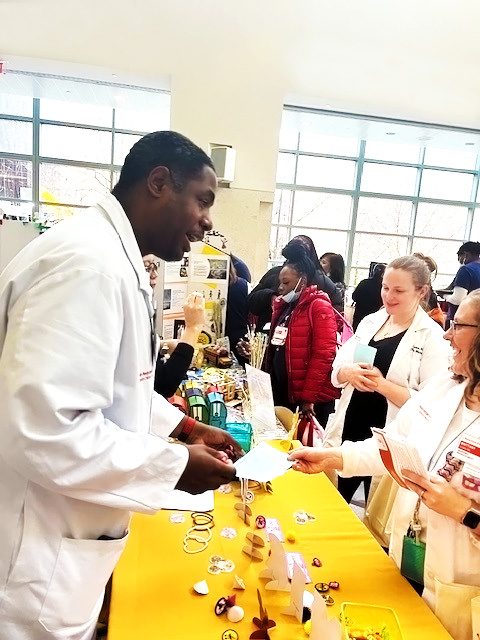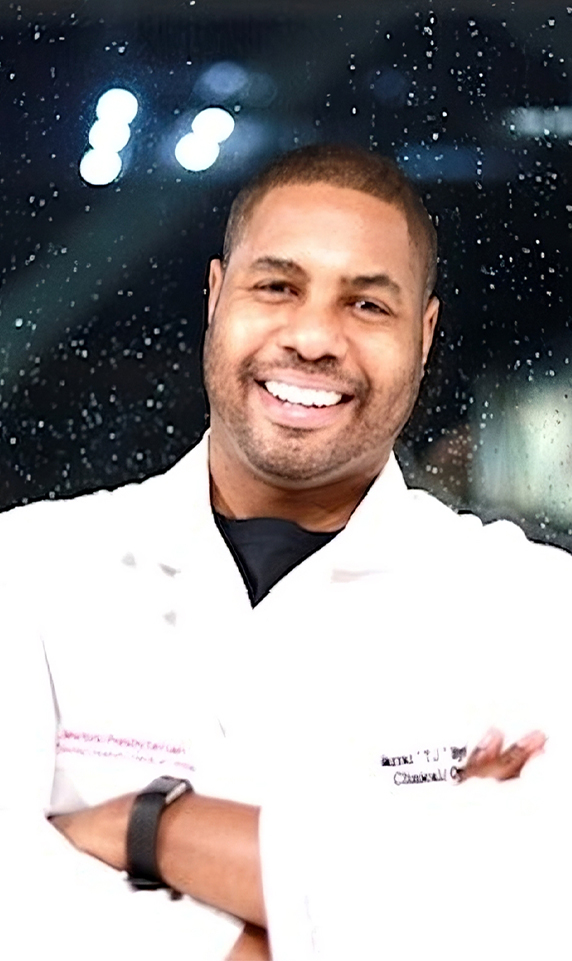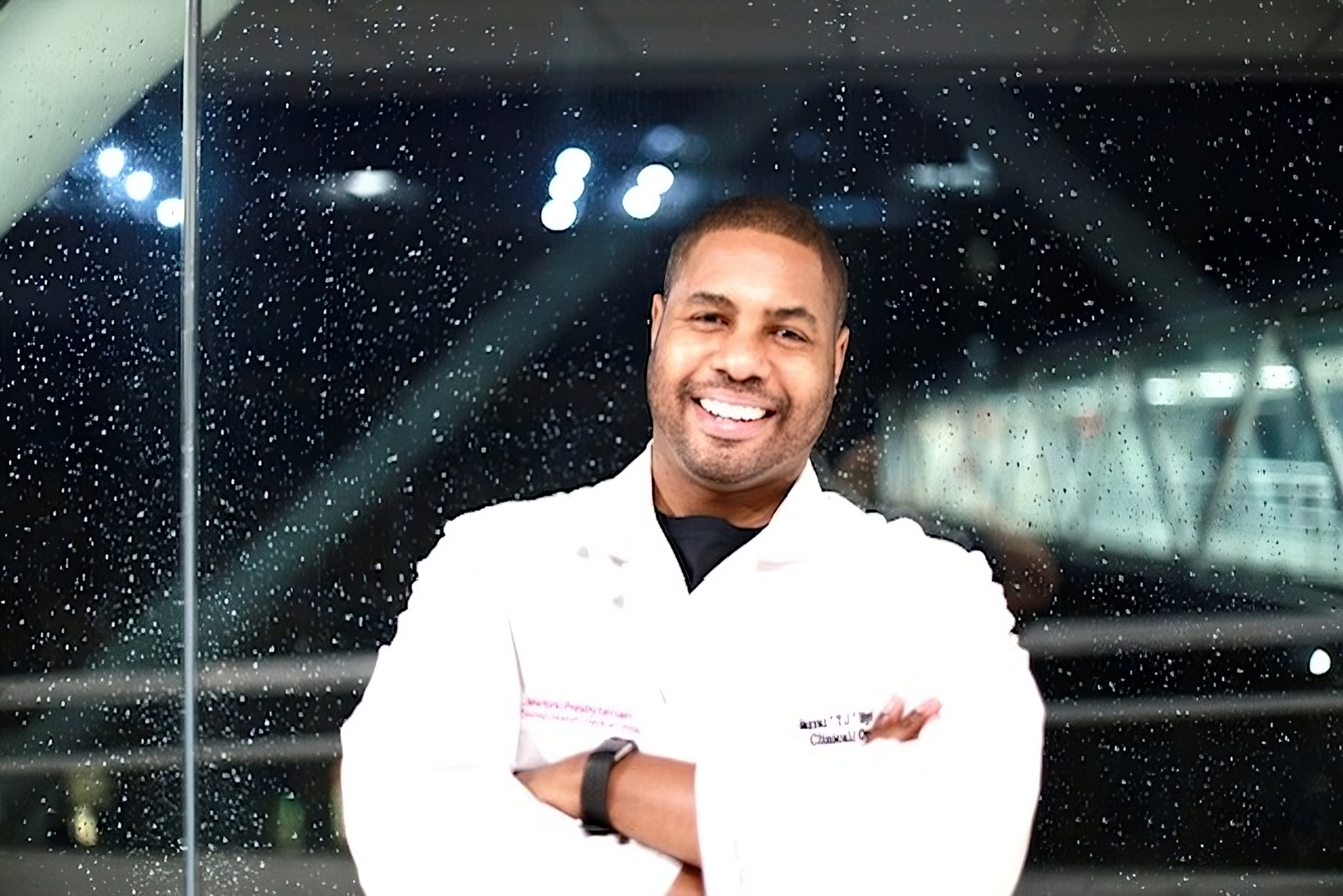“It’s important that as pharmacists we go out and are seen with patients and the community. So that they see us as a health resource.”
-Dr. Charrai Byrd
For more than 18 years, Dr. Byrd has been a community health resource for patients at New York-Presbyterian hospital. Starting as a pharmacy technician, he has used his pharmacy expertise in many roles, including in oncology pharmacy, clinical and operations pharmacy management, and controlled substances operations. Now Dr. Byrd is Director of Pharmacy Services and says he has developed an appreciation for his role in both the health of his community and on the care team of his patients.
“We have a lot of patients from Black and Hispanic communities, diabetes and high blood pressure are big concerns in these communities. So, I’ve done programs with local churches and neighborhood groups talking about how to treat these health issues. And people are always so surprised when I talk to them about approaches that don’t start with medications. But it builds trust, they start to see me and other pharmacists as more than legal pill pushers, but as health care experts.”
I’ve done programs with local churches and neighborhood groups talking about how to treat these health issues. And people are always so surprised when I talk to them about approaches that don’t start with medications.”
By changing those perceptions, Dr. Byrd believes that he is giving his community access to more resources in their care. Because the more resources they have, the more likely they are to address their health.

He instills this belief in the pharmacists he manages at New York Presbyterian, too. Dr. Byrd said that he and the other hospital and health-system pharmacists there make rounds to visit patients throughout the hospital.
“The goal is to really be a part of your care team. We’re not just standing in the background, we’re looking over your charts, we’re checking your medications, we’re asking you how you’re feeling and making sure you understand your treatment regimen and what it’s supposed to be doing for you.”
The goal is to really be a part of your care team. We’re not just standing in the background”
Dr. Byrd said that this makes discharge discussions more productive, and it helps ensure patients are more likely to follow up with their hospital or health-system pharmacist when they have questions.
“When I come into your room for discharge counseling, you already know who I am. We can get right down to talking about how to follow up on your treatment at home. Plus, once you get home, you know that you can call me if you have questions or problems, and that can make a huge difference in your outcome.”
For Dr. Byrd, changing perceptions goes beyond how you see a pharmacist, because who you see is just as important. Dr. Byrd believes that patients should see people who look like them, talk like them, or have similar backgrounds, serving as their pharmacists.
“There’s a local community pharmacy I know whose owner was a pharmacist of Puerto Rican descent. She’s made such a huge impact in her community because it’s predominately Hispanic and she spoke Spanish. It just adds a layer of trust. My pharmacy team is diverse, we have a range of people from every background. I want to continue to build on that.”
My pharmacy team is diverse, we have a range of people from every background. I want to continue to build on that.”
For Dr. Byrd, that’s what it means to change a community’s perceptions, and what it means to be your pharmacist.



